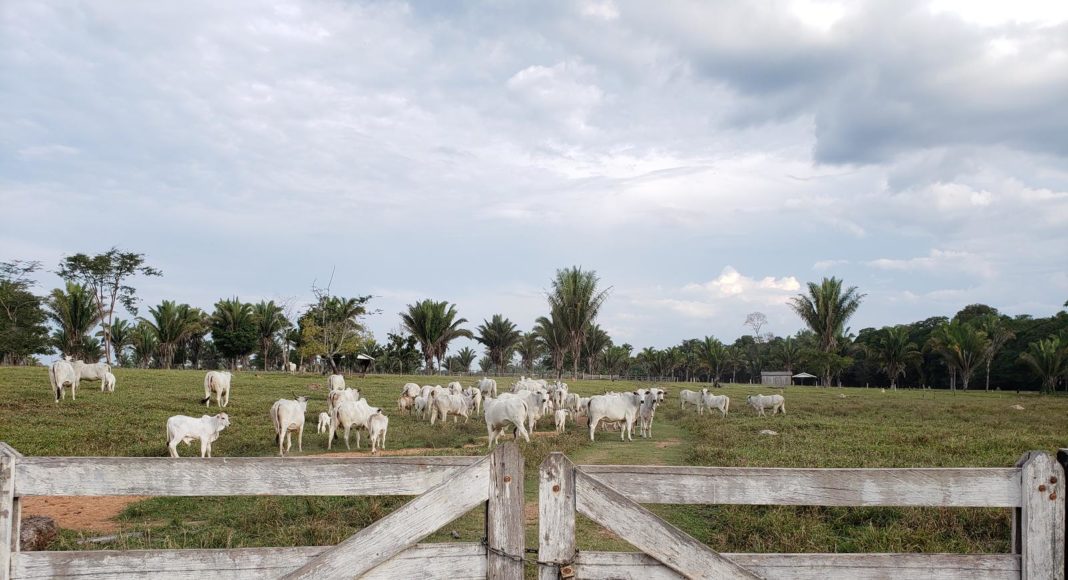- Amnesty international has launched a new report into illegal cattle farming in the Brazilian Amazon.
- Cattle farming is the main driver of illegal land seizures that violate human rights in Reserves and Indigenous territories.
- Satellite imagery and official data reveal evidence of cattle farming in protected areas.
- By gaining access to animal health agencies’ data on farm registrations and cattle movements, Amnesty was able to show definitively the existence of illegal farms.
- Amnesty and Indigenous leaders to hand over petition to Bolsonaro government calling for action.
- Amnesty’s findings support those of LAB’s Sue Branford and Mauricio Torres who have charted the subsequent changes of ownership of land in the Tapajos river basin, illegally cleared for cattle farming and then converted later into ‘legitimate’ use (as land already cleared) for soya and other crops.
The brief but well-researched 29-page report – Fence off and bring cattle: Illegal cattle farming in Brazil’s Amazon – was released as Amnesty, alongside Indigenous leaders from the Amazon, presented a petition with more than 162,000 signatures to the Brazilian authorities calling on them to stop illegal seizures of protected land in the Amazon.
Illegal cattle ranching is the main driver of Amazon deforestation. It poses a very real threat, not only to the human rights of Indigenous and traditional peoples who live there, but also to the entire planet’s ecosystem
Richard Pearshouse, Head of Crisis & Environment, Amnesty International
‘Illegal cattle ranching is the main driver of Amazon deforestation’, continued Richard Pearshouse, ‘It poses a very real threat, not only to the human rights of Indigenous and traditional peoples who live there, but also to the entire planet’s ecosystem.
‘While the Bolsonaro administration slashes environmental protections at the Federal level, some state authorities are effectively enabling the illegal cattle farming which destroys protected areas of the rainforest.
‘The public has a right to know about cattle ranching in protected areas – after all, this is criminal activity. Brazilian authorities must make this information publicly available and take meaningful steps to end illegal cattle farming in protected areas.’
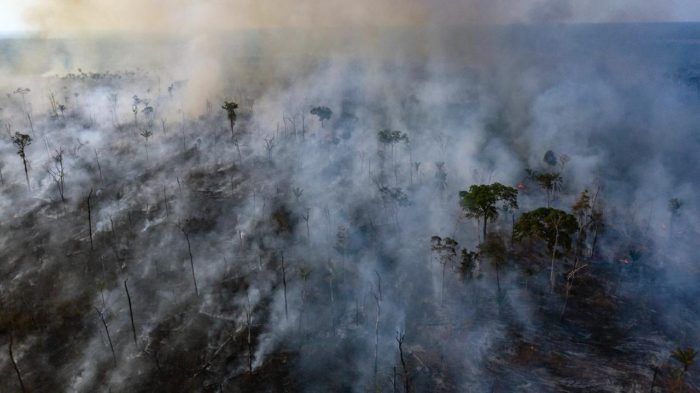
Around two-thirds of the areas of the Amazon deforested between 1988 and 2014 have been fenced off, burned and converted to grazing pasture – almost 500,000 km2, a total land area equivalent to five times the size of Portugal. Amnesty’s report documents how some state authorities are effectively enabling cattle farming in protected areas.
Ground investigation
Amnesty visited five protected areas in Brazil’s Amazon throughout 2019: the Karipuna and Uru-Eu-Wau-Wau Indigenous territories and the Rio Ouro Preto and Rio Jacy-Paraná Reserves (in Rondônia state), and the Manoki Indigenous territory (in Mato Grosso state).

Reserves are areas designated for the protection of the environment, the livelihoods and culture of its traditional populations including the sustainable use of its natural resources. Along with Indigenous territories, they are protected under Brazilian law and international treaties.
Official data, satellite imagery and site visits by Amnesty show how illegal land seizures, by and large linked to cattle ranching, are on the rise in all five of these areas.
Pattern of converting forest to farmland
Cattle farmers and grileiros –private individuals who illegally seize land – follow a broad pattern to convert tropical rainforest into pasture in Brazil’s Amazon. Plots of land in the forest are identified, trees are cut down and cleared, and then fires are lit (often repeatedly in the same area), before grass is planted and cattle then introduced.
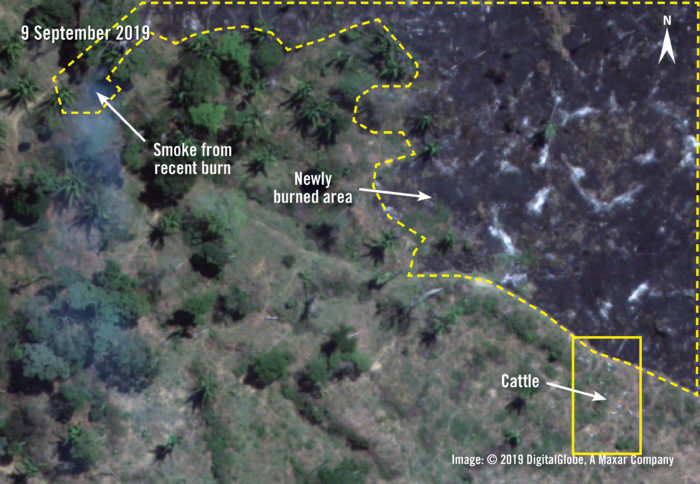
New roads being cut and the appearance of campsites in the protected forest are among the warning signs that this process has begun. Amnesty documented how these activities have been rife in the Uru-Eu-Wau-Wau Indigenous territory in Rondônia, much of which overlaps with the Pacaás Novos National Park, where a federal environmental agent said more than 40km of new roads had appeared since 2017.
Another tell-tale sign that illegal farmers and grileiros are trying to seize land is the fencing off and burning down of large areas of the forest. Amnesty witnessed and recorded drone footage of this happening in Manoki Indigenous territory in Mato Grosso on 23 August 2019.
A Manoki leader told Amnesty it was part of intensified efforts by ranchers to destroy protected forest and convert the land to cow pasture. Amnesty observed cattle grazing in at least six different locations in Manoki territory.
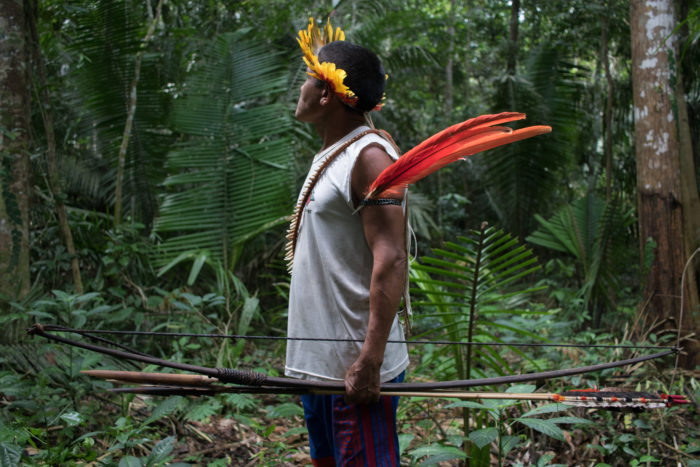
The organisation analysed remote sensing burn data and satellite imagery across the five territories and a clear pattern emerged. In multiple cases, satellite imagery captured land being burned adjacent to areas with cattle visibly roaming freely within protected areas. In some cases, probable paths from cattle moving through recently burned areas were visible.
Intimidation by armed invaders
Indigenous and traditional residents in four of the five protected areas told Amnesty International how these new invasions have often been accompanied by violence, threats and intimidation. At the fifth site, Rio Jacy-Paraná reserve, virtually all the original inhabitants have now been forcibly evicted from the reserve and are afraid to return because armed invaders involved in cattle farming now live on their land.
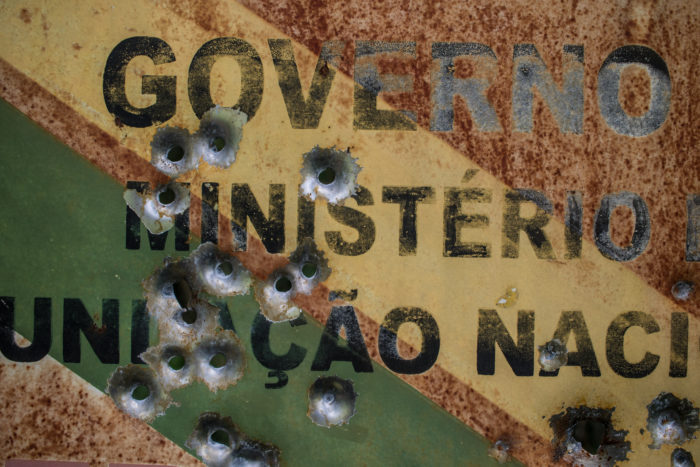
Government agencies with the mandate to protect the reserves have also been targeted. An environmental agent near Uru-Eu-Wau-Wau territory told Amnesty International: ‘We were surrounded by invaders. Thirty-two men, mostly hooded, arrived by foot behind us, with bottles of gas…. There was a lot of shouting, threats, calling us “thugs”.’ The tense standoff lasted over an hour before the assailants left, but several weeks later they began sending the environmental agents audio messages with threats of violence.
In some cases, including in the Uru-Eu-Wau-Wau Indigenous territory, the threat of armed violence against Indigenous peoples and environmental protection workers has been so severe that the armed forces and federal police have had to intervene.
Enabling illegal cattle ranching
Amnesty’s research revealed that, not only has the Bolsonaro administration cut funding to and otherwise undermined environmental and Indigenous protection agencies, but some state agencies are effectively enabling cattle ranching in protected areas.
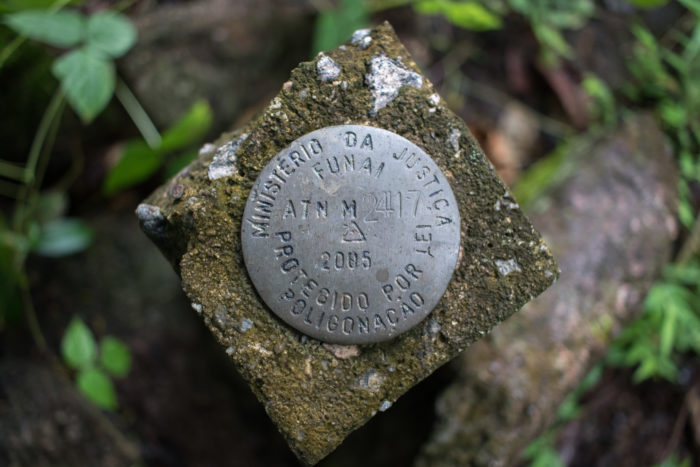
State laws require state animal health control agencies to visit and register farms and track cattle movements.
Amnesty filed Freedom of Information (FOI) requests with state authorities in both Rondônia and Mato Grosso to access data on the number of cattle grazing in protected areas and on cattle movement. Rondônia’s animal health control agency responded with incomplete data. Despite receiving five different FOI requests, Mato Grosso authorities declined to share any data at all. The data that Amnesty obtained for Rondônia shows that there were over 295,000 cattle in Indigenous territories and environmentally protected areas in that state in November 2018.

